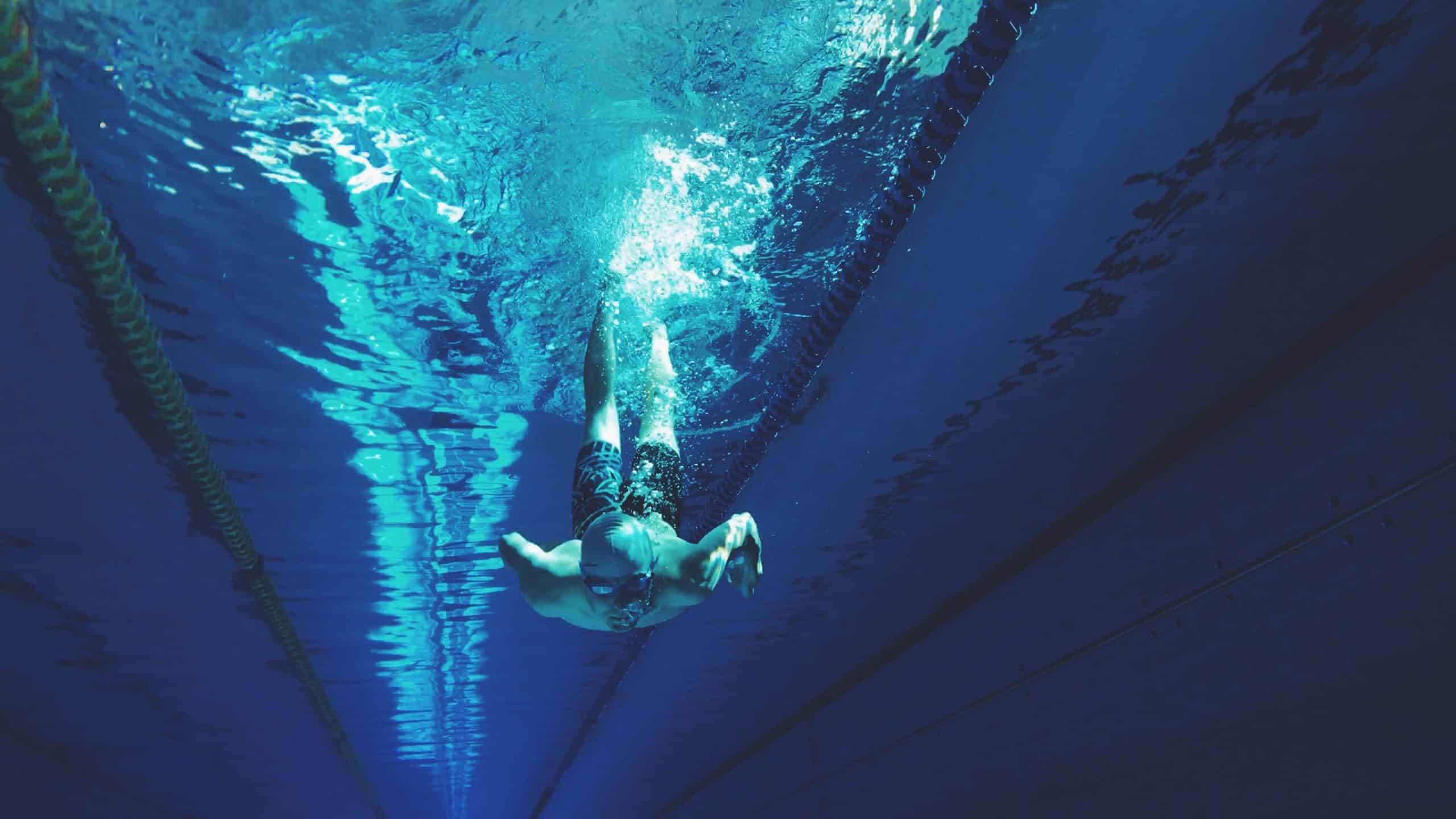What affects sponsorship performance?

2005 was a year with no Olympics, no soccer World Cup and no rugby World Cup. So how could it deliver one of the most unforgettable sporting events of the last few decades? Ask Liverpool fans who celebrated the 10th anniversary of their team’s riveting Champions League Final recently—perhaps the most enthralling in the history of the competition. In front of more than 70,000 spectators in Istanbul’s Atatürk Olympic Stadium, with three billion more watching the game on television, Liverpool, trailing AC Milan three goals to nil at halftime, rallied during the second period, scoring three times in a six-minute frenzy. After a scoreless extra time, Liverpool carried their momentum through to the penalty shootout, where they came out on top, thanks to a stunning save by their goalkeeper.
A game like this one had all the ingredients that make sporting events such an economic boon for sponsors in the sports industry: two well-matched teams with an immense global fan base battling it out to the fullest on the pitch, and an unbearable suspense until the end that kept soccer aficionados on the edge of their seats.
A sponsor fest, really? If this is what you believe, you may have to think again. First, it has long been established that drama during a sporting event increases the arousal of spectators. In turn, this spike in excitement takes attention away from the event sponsors, which undermines how well they are remembered.[1]Now, new research published last month in the European Journal of Marketing[2] shows that, depending on whether spectators are on the edge of their seat in the stadium or at home on their sofa, their state of arousal affects the identification of event sponsors very differently. For the first time, this research compared the recall and recognition of sponsors among spectators on site versus those at home. Two groups of adult consumers were randomly assigned to attend a Montreal Canadiens game in the team’s arena or to watch the same game at home on television.
Findings show that the arousal of on-site spectators is actually beneficial for the recall and recognition of congruent sponsors. For instance, the likelihood of recalling the most congruent sponsors climbed significantly, from 12% at a mild arousal level to 17% at peak arousal level. On the other hand, people watching from home had a 35% chance of recalling the most congruent sponsors when mildly aroused, but only a 5% chance at peak arousal. Therefore, highly exciting games yield identification benefits for congruent sponsors mostly among the direct audience but, as far as the indirect audience is concerned, congruent sponsors will reap the most identification benefits when the game is only moderately exciting.
This important difference between spectators attending the event live and those watching from home is due to the feeling of being immersed in an experience that encompasses more than the just the game itself, which is far stronger for the former than the latter. Therefore, on-site, even peripheral stimuli, such as sponsors’ signs, are perceived as part of the ‘here and now’ experience by spectators, and an increased state of arousal is less likely to divert attention away from them.
On the basis of these results, property rights holders should not necessarily seek to enhance the drama of their competitive sporting events—especially at a time when the difficulty in leveling the field of play in many professional leagues is a growing concern. However, in a league heavily dominated by a few teams (e.g. Real Madrid and Barcelona in the Spanish Liga or Manchester United and Chelsea in the English Premier League), there is a strong opportunity to deliver value to sponsors through the indirect audience, since the near certainty of the outcome doesn’t generate high levels of arousal.
On the other hand, in leagues where the team winning it all changes more frequently, such as in Major League Soccer, sponsor identification may be hampered among the indirect audience. From the perspective of sponsors congruent with their property, supporting moderately exciting events is best in order to achieve large scale awareness objectives. Conversely, if strengthening fan relationship and building affinity during high-stakes games is what is most important for a sponsor, investing in impactful on-site sponsorship activations (e.g., advertising) would be the preferred course of action. Overall, this research shows once more the necessity for sponsors to prioritize their objectives and to make informed strategic decisions accordingly.
Ultimately, rights holders of spectator sporting properties should strike a balance. High drama games can create lifelong loyalty. How much did that improbable 2005 win strengthen the conviction among Liverpool fans that they ‘will never walk alone’? At the same time, more mundane rivalries that minimize arousal (preseason, exhibition) are important for the benefit of sponsors. However, a mix of low- and high- arousal games is often not optimal for sponsors. Low-stakes games are usually lumped together at the beginning of the season, hampering recall and recognition, which benefit from exposure during increasingly long intervals of time.[3] Hence, game scheduling is an important avenue for property rights holders and league managers if they want to leverage arousal to their sponsors’ advantage.
Manage sponsorships.
Save time.
BrickRoad™ is a simple software that works to manage donations, sponsorships or influencer requests.
Its efficient design was created by sponsorship experts who know the drill from managing hundreds of real partnerships.
Sources
[1] Pham, Michel T. (1992), ‘Effects of involvement arousal and pleasure on the recognition of sponsorship stimuli,’ in Advances in Consumer Research, Vol. 15 No. 3, pp 360-367. Walliser, Bjorn (1996), ‘Le rôle de l’intensité des émotions éprouvées par le téléspectateur dans la mémorisation du parrainage, Recherche et Applications en Marketing, Vol. 11 No. 1, pp. 5-22.
[2] Carrillat François A., Alain d’Astous, François Bellavance, and François Eid (2015), ‘On ‘being there’: A Comparison of the effectiveness of sporting event sponsorship among direct and indirect audiences,’ European Journal of Marketing, Vol. 49 No. 3/4, pp. 621-642.
[3] Greene Robert L. (2008), ‘Repetition and spacing effects’, in Roediger, H. L. III (Ed.), Learning and Memory: A Comprehensive Reference, Elsevier, Oxford, pp. 65-78.
